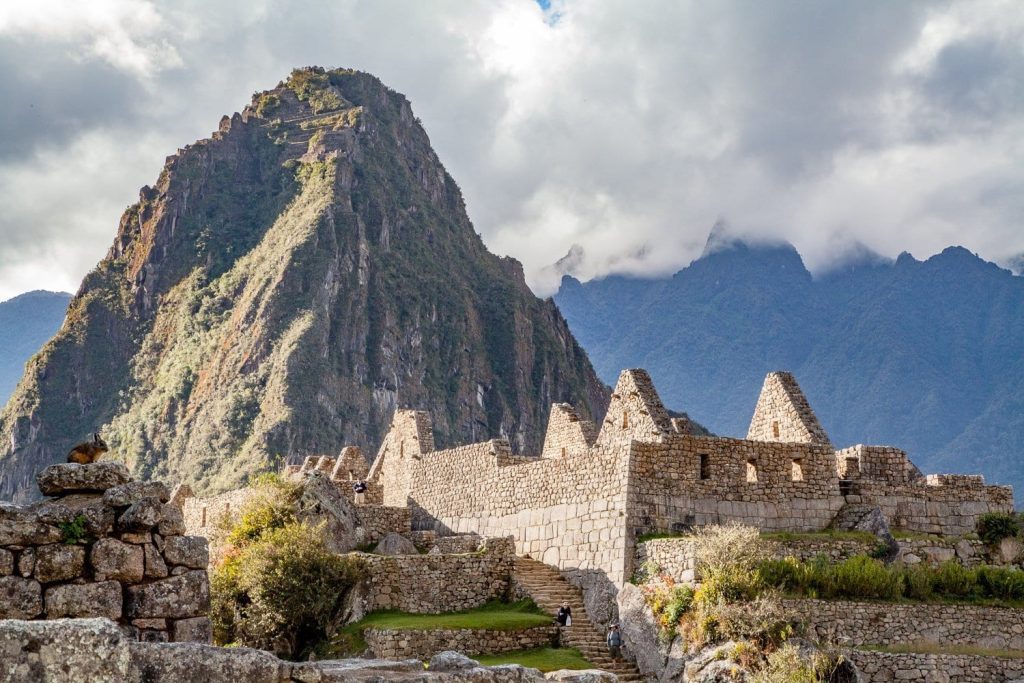Welcome to the enchanting world of Machu Picchu, a UNESCO World Heritage site nestled high in the Andes Mountains of Peru. This ancient Incan citadel has captivated travelers from around the globe with its awe-inspiring architecture, breathtaking views, and rich historical significance. One of the key factors that make Machu Picchu so unique is its high altitude, which adds to its allure and mystique.
History of Machu Picchu
Machu Picchu was built in the 15th century by the Inca civilization and remained hidden from the outside world until its rediscovery in 1911. The purpose of this extraordinary city is still a subject of debate among archaeologists, but it is believed to have served as a royal estate or a sacred religious site.
Geographical Location
Situated in the Eastern Cordillera of southern Peru, Machu Picchu sits at a latitude of approximately 13.1631° S and a longitude of 72.5450° W. It is nestled between two towering mountains, Machu Picchu and Huayna Picchu, and overlooks the Urubamba River below.
Altitude of Machu Picchu
The altitude of Machu Picchu is approximately 2,430 meters (7,970 feet) above sea level. This makes it a high-altitude destination and one of the primary factors that make it a unique and challenging place to visit.
Effects of High Altitude
At such a high altitude, visitors may experience certain effects on their bodies due to the lower levels of oxygen. Some common symptoms of altitude sickness include headache, nausea, dizziness, fatigue, and shortness of breath. It is important to be aware of these potential effects and take necessary precautions to ensure a safe and enjoyable visit.
Preparation for Altitude
Prior to visiting Machu Picchu, it is advisable to spend a few days acclimatizing to the altitude. This can be done by gradually ascending to higher altitudes, staying hydrated, and avoiding strenuous activities. It is also recommended to consult with a healthcare professional before traveling to Machu Picchu, especially if you have any pre-existing medical conditions.
Best Time to Visit
The best time to visit Machu Picchu in terms of weather and lower chances of rainfall is during the dry season, which runs from May to September. However, it is important to note that this is also the peak tourist season, so expect larger crowds. The shoulder seasons of April and October can also be great options, offering a balance between favorable weather and fewer visitors.
Altitude Sickness Prevention
To prevent altitude sickness, it is recommended to drink plenty of water, avoid alcohol and caffeine, eat light meals, and take it easy upon arrival. It is also advisable to chew coca leaves or drink coca tea, both of which are traditional remedies used by the locals to alleviate altitude-related symptoms.
Activities at High Altitude
Despite the challenges posed by the altitude, there are plenty of exciting activities to enjoy at Machu Picchu. Hiking the iconic Inca Trail, exploring the ancient ruins, witnessing the sunrise over the mountains, and immersing yourself in the mystical energy of the site are just a few of the unforgettable experiences awaiting you.
Conclusion
Machu Picchu’s high altitude adds an extra layer of mysticism and adventure to this already captivating destination. By taking necessary precautions, acclimatizing properly, and being mindful of the potential effects of altitude, you can fully appreciate the wonders of this ancient Incan site and create memories that will last a lifetime.
Frequently Asked Questions
1. What is the altitude of Machu Picchu?
Machu Picchu is located at an altitude of approximately 2,430 meters (7,970 feet) above sea level.
2. How does the high altitude affect visitors?
The high altitude can cause symptoms of altitude sickness, including headache, nausea, dizziness, fatigue, and shortness of breath.
3. What are the symptoms of altitude sickness?
Common symptoms of altitude sickness include headache, nausea, dizziness, fatigue, and shortness of breath.
4. Are there any precautions to take before visiting Machu Picchu?
Prior to visiting Machu Picchu, it is recommended to acclimatize to the altitude, stay hydrated, avoid strenuous activities, and consult with a healthcare professional if you have any pre-existing medical conditions.










